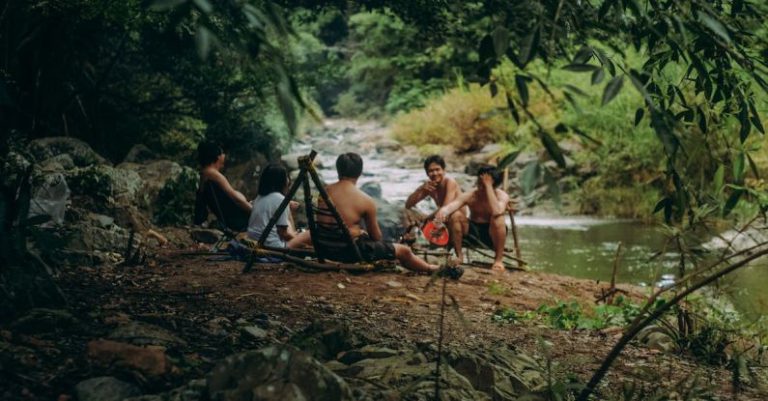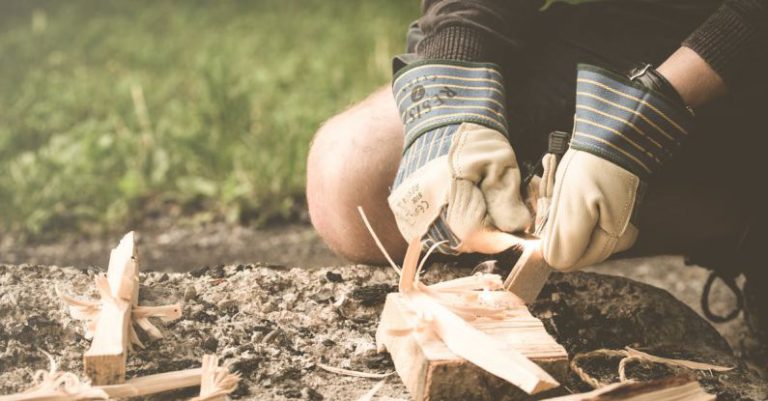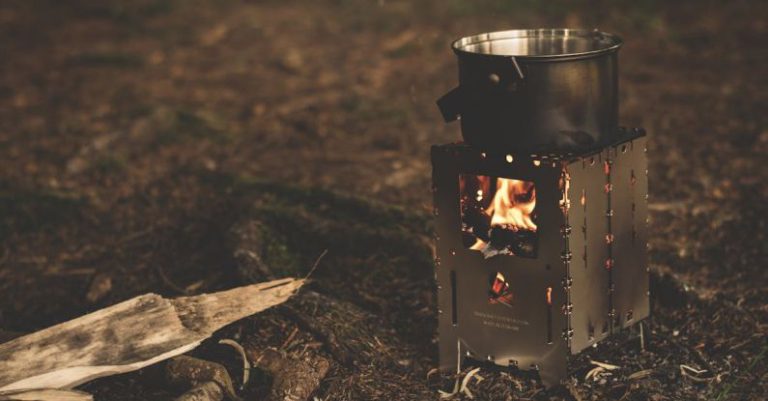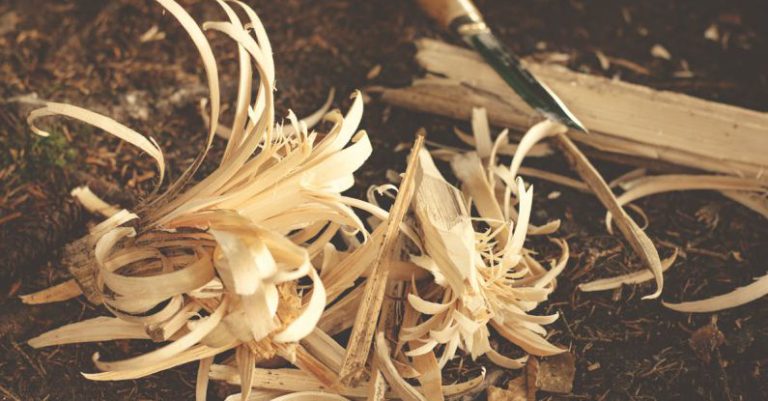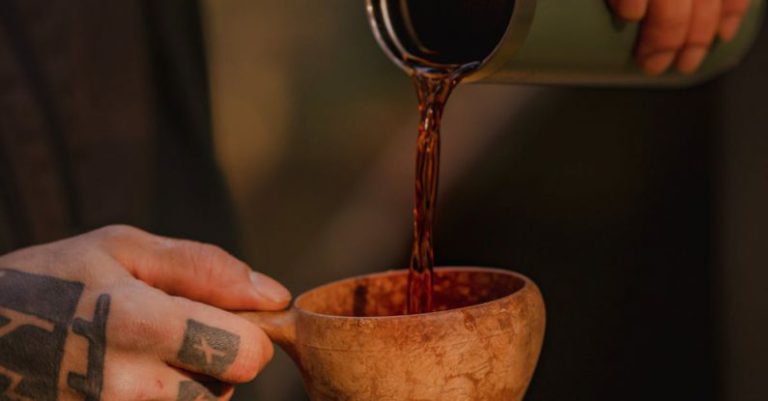
Foraging for food has gained popularity in recent years as people seek to connect with nature and enjoy the bounty that the outdoors has to offer. While it’s important to be cautious and knowledgeable about what plants are safe to eat, foraging can be a rewarding experience that allows you to discover new flavors and ingredients. In this article, we will explore some of the best plants to forage for food, from common favorites to more obscure finds.
**Dandelion**
Often considered a pesky weed in gardens, dandelions are actually a versatile and nutritious plant that can be foraged for food. The entire plant is edible, from the roots to the flowers. Dandelion leaves can be used in salads or cooked like spinach, while the flowers can be made into jelly or infused into vinegar. Dandelion roots can be roasted and ground to make a coffee substitute. Rich in vitamins A and C, as well as iron and calcium, dandelions are a great addition to any forager’s repertoire.
**Nettles**
Despite their stinging reputation, nettles are a valuable plant to forage for food. Nettles are high in iron, calcium, and vitamins A and C, making them a nutritious addition to soups, stews, and teas. The sting of nettles can be neutralized by cooking or drying the leaves, so be sure to handle them with gloves when foraging. Nettles have a flavor similar to spinach and can be used in a variety of dishes, from pasta to pesto.
**Wild Garlic**
Wild garlic, also known as ramps, is a pungent plant that can be foraged for its flavorful leaves and bulbs. Wild garlic has a strong garlic flavor and can be used in place of traditional garlic in recipes. The leaves can be chopped and added to salads, soups, and pesto, while the bulbs can be pickled or used in stir-fries. Wild garlic is rich in vitamins A and C and adds a burst of flavor to any dish.
**Berries**
Foraging for wild berries is a popular pastime for many outdoor enthusiasts. From blackberries to raspberries to blueberries, wild berries are abundant in forests and fields during the summer months. Not only are wild berries delicious, but they are also packed with antioxidants and vitamins. Berries can be eaten fresh, used in jams and jellies, or baked into pies and muffins. Just be sure to properly identify berries before consuming them, as some varieties can be toxic.
**Mushrooms**
Foraging for wild mushrooms can be a rewarding but risky endeavor. While there are many edible varieties of mushrooms that can be found in the wild, there are also many poisonous ones that can be deadly if consumed. It’s essential to be knowledgeable about mushroom identification and to forage with an experienced guide if you are new to mushroom foraging. Some popular edible mushrooms to forage for include chanterelles, morels, and porcini. Mushrooms can be sautéed, roasted, or dried for later use in soups and sauces.
**Seaweeds**
Foraging for seaweeds along the coast can provide a unique and nutritious addition to your foraged food repertoire. Seaweeds are rich in minerals, vitamins, and antioxidants and have been used in traditional cuisines around the world for centuries. From nori to dulse to kelp, seaweeds can be dried and added to soups, salads, and stir-fries for a salty umami flavor. Just be sure to forage seaweeds from clean and unpolluted waters to avoid contamination.
**In Summary**
Foraging for food can be a fun and rewarding way to connect with nature and discover new flavors and ingredients. By focusing on safe and edible plants like dandelions, nettles, wild garlic, berries, mushrooms, and seaweeds, you can enjoy the bounty that the outdoors has to offer. Remember to always forage responsibly, properly identify plants, and respect the environment while enjoying the treasures that nature provides. Happy foraging!
